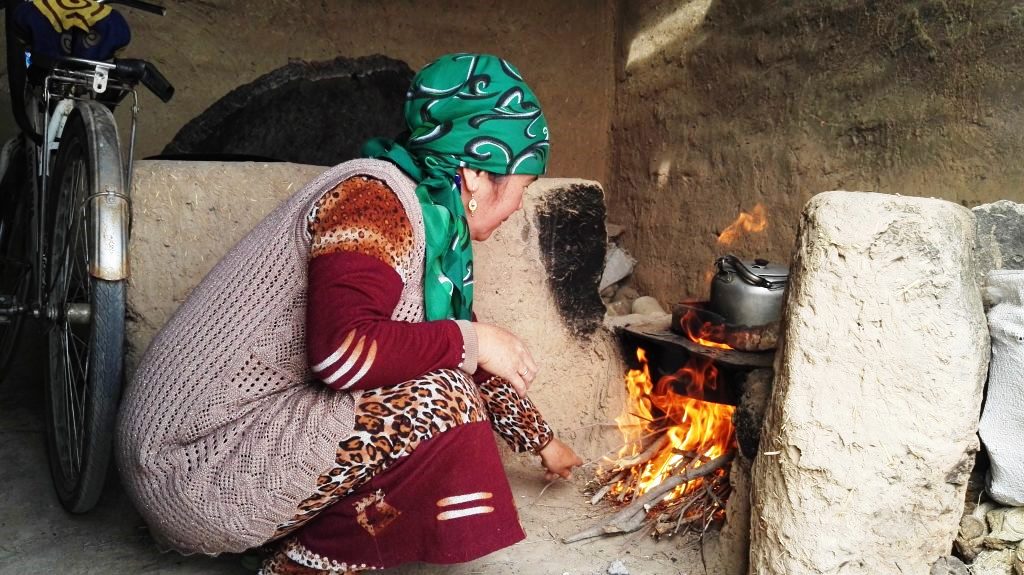The Majlisi Namoyandagon (Tajikistan’s lower chamber of parliament) on April 8 ratified an agreement between the Government of Tajikistan and the World Bank Group on financing the Tajikistan Rural Electrification Project.
31.7 million USD provided by the World Bank for the project will be spent to provide access of residents of 61 village in the Gorno Badakhshan Autonomous Region (GBAO) and 74 border villages in the Khatlon province to electric power, Finance Minister Faiziddin Qahhorzoda told lawmakers while presenting the agreement.
Recall, the World Bank’s Board of Executive Directors approved the financing of $31.7 million for the Tajikistan Rural Electrification Project (TREP) on July 11, 2019. The financing has been provided from the International Development Association’s (IDA) pilot Risk Mitigation Regime.
The Tajikistan Rural Electrification Project will finance the construction of electricity generation and distribution infrastructure to provide off-grid solutions or connect to the central grid vulnerable communities in GBAO and southern Khatlon province.
The project will also support additional studies required for the construction of the Sebzor Hydro Power Plant (HPP), located in GBAO. The 11 MW Sebzor HPP, with estimated annual electricity generation of 74.5 million kWh and construction costs of $33.7 million, will help to meet the electricity demand of target communities in GBAO and the export demand from the Badakhshan Province in Afghanistan. Developments partners – the European Union, KfW, SECO and USAID – have agreed to allocate about $50 million to support the Government of Tajikistan in construction of the Sebzor HPP and address other challenges in the energy system of GBAO.







